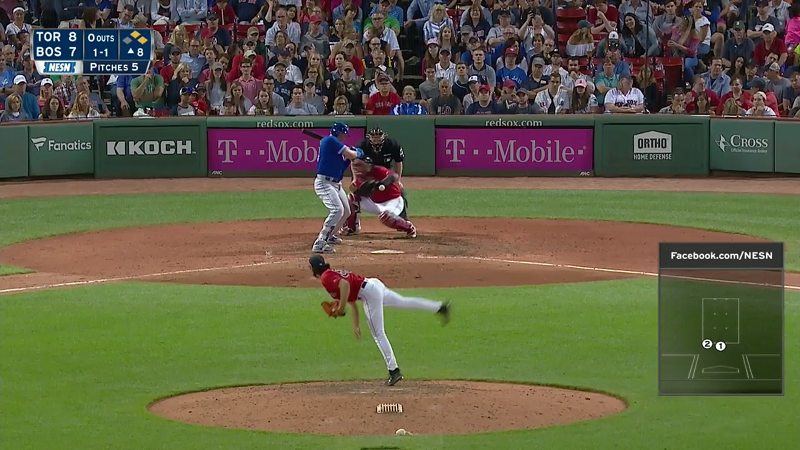Of all those 1970s disaster movies, the worst one for me has always been The Swarm. Featuring an impressive cast, with names such as Michael Caine, Henry Fonda, Richard Chamberlain, José Ferrer, and Olivia de Havilland (along with many others), the film’s stars muddle their way through roughly three uninteresting hours, all the time looking like they had accidentally wandered in from other, more interesting movies. Every star gets his or her own cameo, and typically a random death, like when the bees destroy a helicopter or when the bees derail a train or when Henry Fonda decides to test a vaccine by giving himself a large dose of it and crossing his fingers. I’ll leave any connection between that last misfortune and the Orioles’ most recent offseason to the reader.
Despite the ambition of the film, what it lacked was any sense of fun, any sense of purpose for having assembled such talent. And that’s why it works as an able metaphor for the All-Star Game. There are a lot of great things about All-Star Week. The Futures Game gives the wider public what is, for many, their first look at players like Hunter Greene or Peter Alonso. As used to be the case for the All-Star Game, many of the players involved in the Futures Game are facing off each other for the first time — in this case, thanks to rosters constructed of players from across the minor leagues. That kind of unfamiliarity is rare to see at the major-league level, both because of free agency and also interleague play, the latter of which is now a daily occurrence. But my colleague Travis Sawchik has more on that!
The Home Run Derby is nonsense in a lot of ways, but it’s fun, glorious nonsense, which takes one important aspect of baseball (hitting for power), fills it with helium and cotton candy, and then sends it on its merry way. While cotton candy oughtn’t be the foundation of a every meal, it’s fine for an occasional celebration. As Jay Jaffe noted this morning, last night’s Home Run Derby captured this atmosphere perfectly. The participants were all clearly having a blast and that kind of feeling is infectious. Watching Bryce Harper come from behind in the finals, smacking nine consecutive homers to pass Kyle Schwarber is one of those Big Moments© you remember 10 years later, the kind of thing that makes watching baseball a joyful experience.
Read the rest of this entry »



